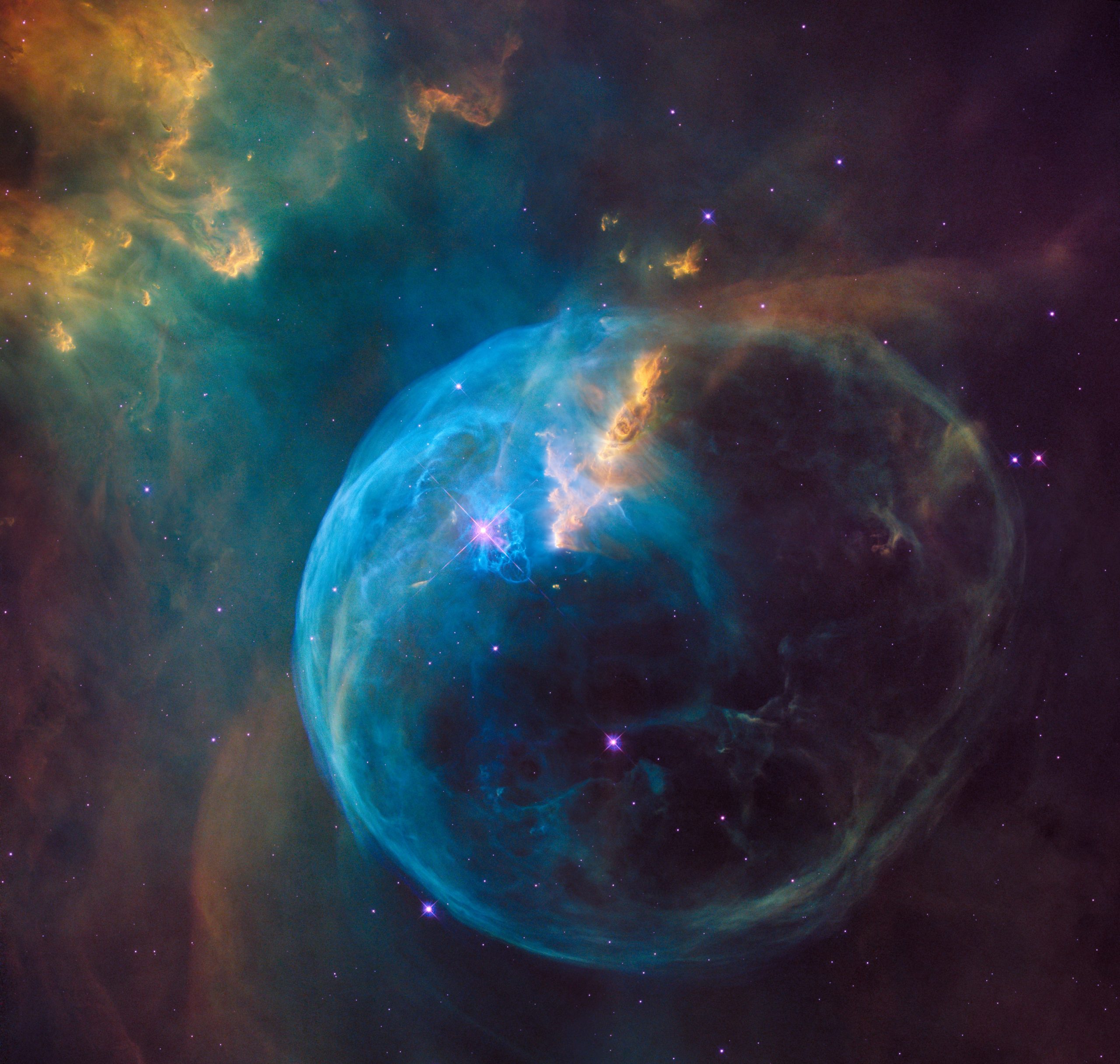How Long is a Full Moon Cycle?
Have you ever wondered how long it takes for the moon to complete a full cycle? The moon has been a subject of fascination and curiosity for humans for centuries. From its mesmerizing beauty to its impact on tides and even our moods, the moon plays a significant role in our lives. In this article, we will delve into the world of lunar cycles and explore how long it takes for a full moon cycle to occur.
The Phases of the Moon
Before we dive into the duration of a full moon cycle, let’s get acquainted with the different phases of the moon. The moon goes through eight distinct phases during its monthly journey around the Earth, starting with the new moon and ending with the full moon. These phases are:
- New Moon
- Waxing Crescent
- First Quarter
- Waxing Gibbous
- Full Moon
- Waning Gibbous
- Last Quarter
- Waning Crescent
Each phase represents a different amount of illumination visible from Earth. The full moon, which occurs in the middle of this cycle, is when the moon is fully illuminated and appears as a bright, round disk in the night sky.
The Lunar Month
A lunar month, also known as a synodic month or lunation, is the time it takes for the moon to complete one full cycle of phases. This cycle encompasses all eight phases and is measured from one new moon to the next. On average, a lunar month lasts approximately 29.53 days.
It is important to note that the duration of a lunar month is not uniform. The moon’s orbit around the Earth is slightly elliptical rather than perfectly circular, and its speed varies during different parts of its orbit. Therefore, the time it takes for the moon to complete a full cycle can vary slightly from month to month.
The Sidereal Month
While a lunar month is based on the moon’s phases in relation to the sun, a sidereal month is based on the moon’s position in relation to the stars. A sidereal month is the time it takes for the moon to return to the same position relative to the stars. This type of month lasts approximately 27.32 days.
The discrepancy between the duration of a synodic month and a sidereal month occurs because the Earth, moon, and sun must realign before we can observe the same phase of the moon from Earth again. This difference is a result of the Earth’s orbit around the sun, which affects the positions of both the Earth and the moon.
Why Does the Full Moon Cycle Vary?
The slight variation in the duration of a full moon cycle stems from various factors. The eccentricity of the moon’s orbit plays a significant role, as it affects the moon’s speed during different parts of its path around the Earth. Additionally, the gravitational influences of the sun and other celestial bodies cause subtle perturbations in the moon’s orbit, resulting in slight irregularities in the full moon cycle duration.
Furthermore, lunar cycles are influenced by other factors, such as the Earth’s axial tilt, which affects the way sunlight is reflected off the moon’s surface and thus the appearance of its phases. This tilt causes variations in the duration of moonrise and moonset, which can impact the observation of moon phases.
The Impact of the Moon on Earth
The moon’s cycle has significant impacts on many aspects of life on Earth. One of the most noticeable effects is the tides, which are caused by the gravitational pull of the moon and the sun. The interaction between these celestial bodies creates a rhythmic rise and fall of the ocean’s surface. The height and timing of tides vary depending on the phase of the moon, with the highest tides occurring during the full and new moon phases.
In addition to tidal variations, some studies suggest that the moon’s phases may have an impact on human behavior and emotions. While scientific evidence supporting these claims is limited, many cultures have associated certain lunar phases with increased restlessness, sleep disturbance, or even heightened creativity.
The Significance of Understanding Lunar Cycles
Understanding lunar cycles and the duration of a full moon cycle can be useful for various reasons. Astronomers rely on accurate lunar cycle calculations to organize observations and plan space missions. Additionally, farmers and fishermen often base their activities on the moon’s phases and tides, using this information to optimize their practices.
Furthermore, the moon holds great cultural and spiritual significance for many societies. Various religious and cultural events are tied to lunar cycles, and understanding the duration of these cycles can enhance our appreciation and celebration of these occasions.
Conclusion
The full moon cycle, which marks the completion of an entire lunar month, lasts approximately 29.53 days on average. This duration can vary slightly due to the moon’s elliptical orbit, gravitational interactions, and other celestial factors. While lunar cycles have fascinated humans for centuries, they also have tangible effects on Earth, such as influencing tides and potentially human behavior.
Whether you admire the moon for its aesthetic appeal, its impact on our planet, or its cultural significance, understanding the duration of a full moon cycle adds to our appreciation of this celestial wonder.
Table of Contents
